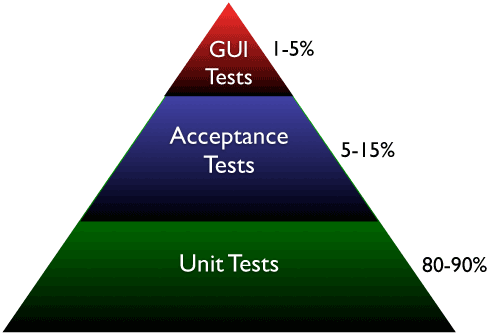Blogthedata.com has no tests. There, I said it! But that changes today!
My test strategy begins with the testing pyramid

The TDD Gods can look down on me for writing code without tests; I'll take it up with them in the afterlife. I will create unit tests FIRST for all code written from this day forward.
The plan is to have 100% unit test coverage. This is essential for when blogthedata.com is 'reactified' because it will break a lot of stuff. I expect separating the front and backend of the application to be difficult!
The second step is to write service level (also known as integration tests). My understanding of service level tests is that they cover two or more functions working together.
The third phase incudes UI level (or E2E (End-to-End), acceptance tests). I can write these using tools such as Selenium (browser automation) as well as manual tests run by a human. I created a free account for a testing tool called QASE where I've written a few tests.
E2E tests focus on whether the coded features fit the business use case, and the functionality makes sense to a user.

Keep a watch on future PRs to verify I included tests!

John Solly
Hi, I'm John, a Software Engineer with a decade of experience building, deploying, and maintaining cloud-native geospatial solutions. I currently serve as a senior software engineer at New Light Technologies (NLT), where I work on a variety of infrastructure and application development projects.
Throughout my career, I've built applications on platforms like Esri and Mapbox while also leveraging open-source GIS technologies such as OpenLayers, GeoServer, and GDAL. This blog is where I share useful articles with the GeoDev community. Check out my portfolio to see my latest work!



Comments